Plant pillar: description and methods of control
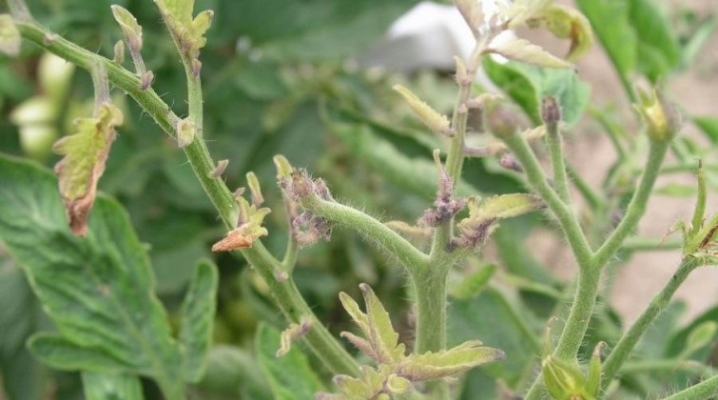
Often, various vegetable crops in the garden suffer from all kinds of diseases, including from the stolbur. Such a disease can destroy an entire crop. Its causative agents are special viruses that are classified as phytoplasmic.
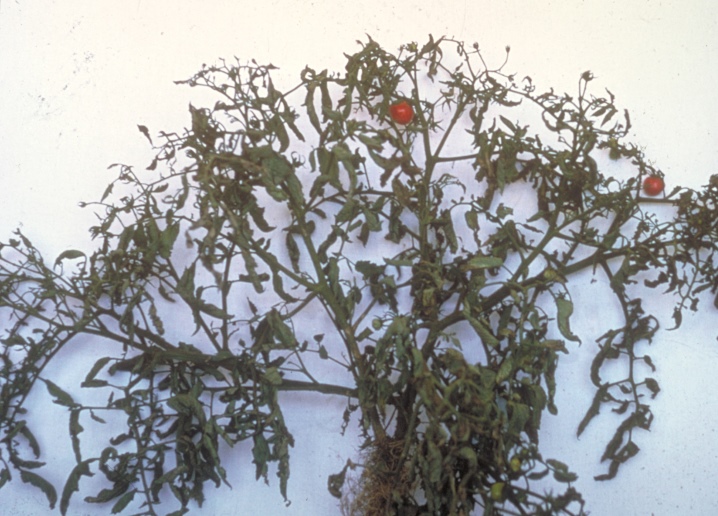
What it is?
Stolbur can be seen on plants of the Solanaceae family. These include, among other things, tomatoes, bell peppers, potatoes, eggplants. But representatives of weeds (St. John's wort, chicory and field bindweed) can also be affected.
The causative agents of this infection are special mycoplasma and nightshade virus... They are the smallest phytoplasmic unicellular organisms.
Carriers of the disease, as a rule, are various sucking insects. But sometimes whiteflies, different types of moths, can also be intermediaries in the transmission of pathogens.
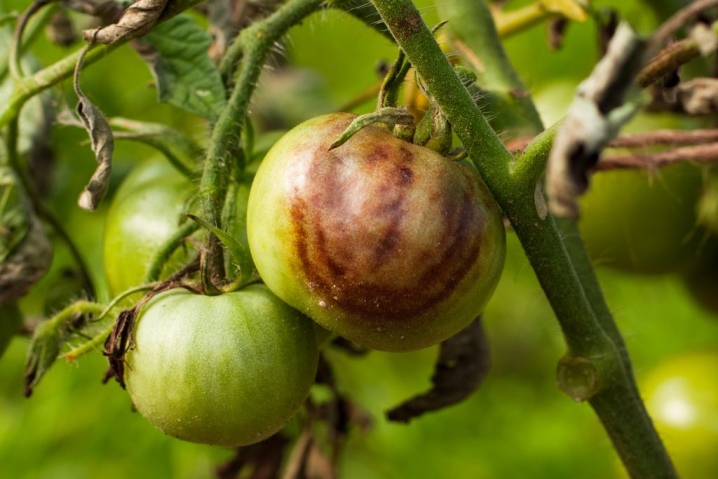
Signs of the disease
In order to identify the stolbur on potatoes, tomatoes, peppers and eggplants in time, you must regularly carefully examine them. When plants are affected by this disease, the fruits begin to change their usual color: they become darker. In addition, small blotches or small spots in the form of thin stripes can be observed on their surface.
Also, with this disease on the vegetation, the color of the leaf plates will also change: it will begin to take on an anthocyanin color.
After infection, the flowers of the crops will become deform strongly, a slight terry will appear on the surface of the leaves, and then chlorosis will appear. They, as a rule, curl upward, acquiring the shape of a boat. Moreover, the change in the color of vegetation begins precisely from the upper part, and then passes along the stem to the leaf blades located below.

With a pillar, vegetables begin to develop and grow as slowly as possible.... A large number of small cracks appear on their root system, the inner parts begin to actively fill with starch, after which they become quite tough and begin to break.
With severe damage, the leaves and stems become dark purple, sometimes you can also see the accretion of several petals at once, the corolla completely stops the process of its development.
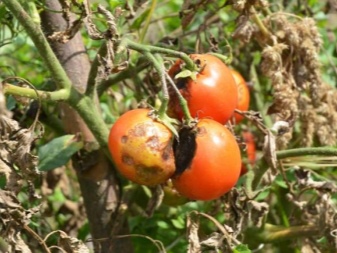
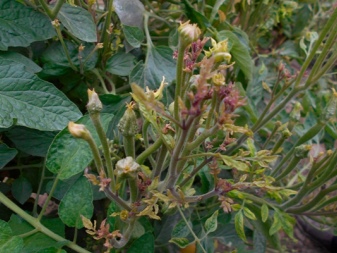
Treatment methods
Currently, there are a considerable number of ways that help get rid of the stolbur. Let's take a look at a few of the chemicals and antibiotics that are most effective against this nightshade disease.
- "Viron". This drug for treatment is a potent fungicide, it acts directly on the main viral mechanisms in the infected areas of vegetation. "Viron" is able to eliminate all the negative effects of the stolbur and return the culture to its normal state. As a result, the plant's growth and development processes are completely normalized. Leaf blades regain a bright and rich green color
Often it is this antiviral agent that is used as a prophylaxis. It can be used within 15 days after planting. Then the vegetation is treated with the substance every ten days.
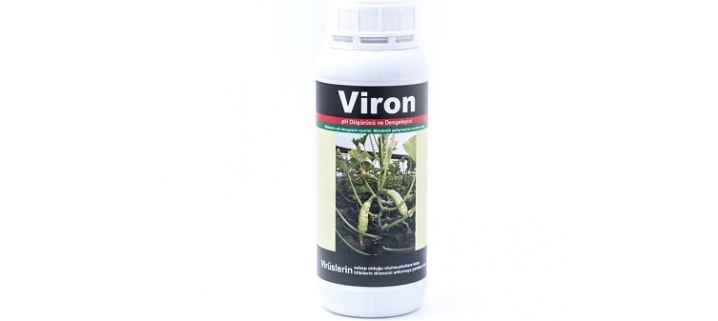
- Actellik. This drug also allows you to fight such diseases, it is an effective systemic insecticide.It is most often used for the rapid destruction of harmful insects, but it can also be used to eliminate the pillar. It must be remembered that the ready-made solution with the Actellic substance must be applied simultaneously to both sides of the leaves and not to allow abundant drainage from their surface. The product is best sprayed using special pump spray nozzles for the garden.
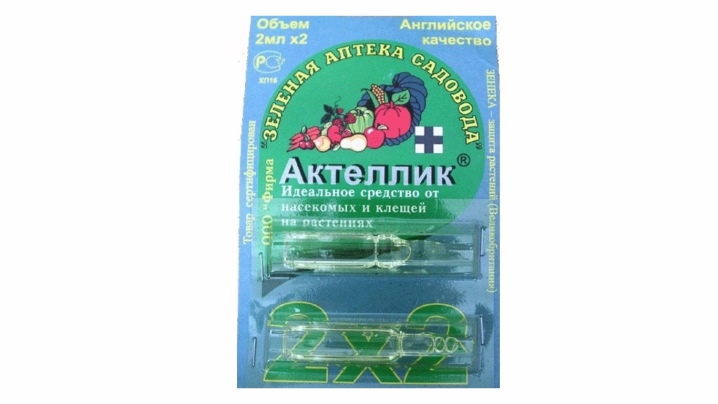
- "Fastak"... This preparation for vegetable crops is a special insecticidal agent of chemical origin, it, like the previous version, is more often used to destroy harmful insects, but it can also be used to get rid of stolbur. "Fastak" allows you to have an almost instant effect, it is also worth noting that the drug is absolutely safe for the vegetable crops themselves. The tool belongs to the budget category. But it is worth remembering that it can be used at temperatures not lower than +10 degrees.
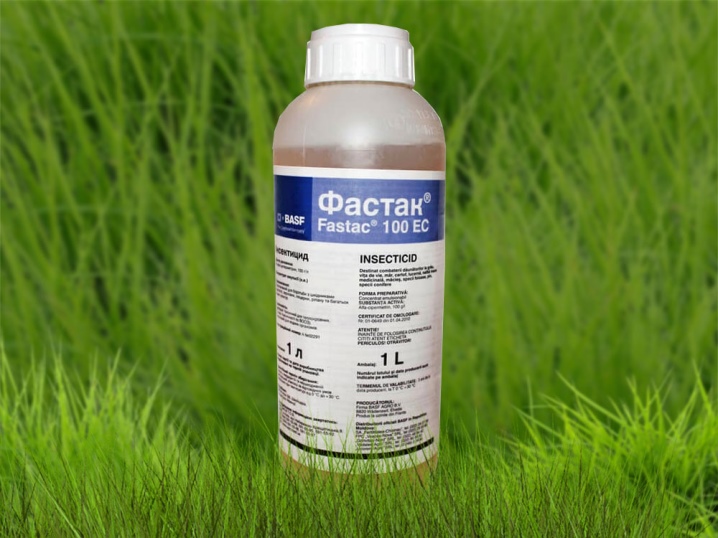
In addition to special chemical components, there are also folk methods of dealing with stolbur. Consider some of them.
- A solution with tar soap. To prepare this medicinal composition, you need to mix together the previously grated tar soap and 10 liters of warm water. Also add three tablespoons of granulated sugar there. All this is thoroughly mixed. The resulting substance is sprayed once every five days.
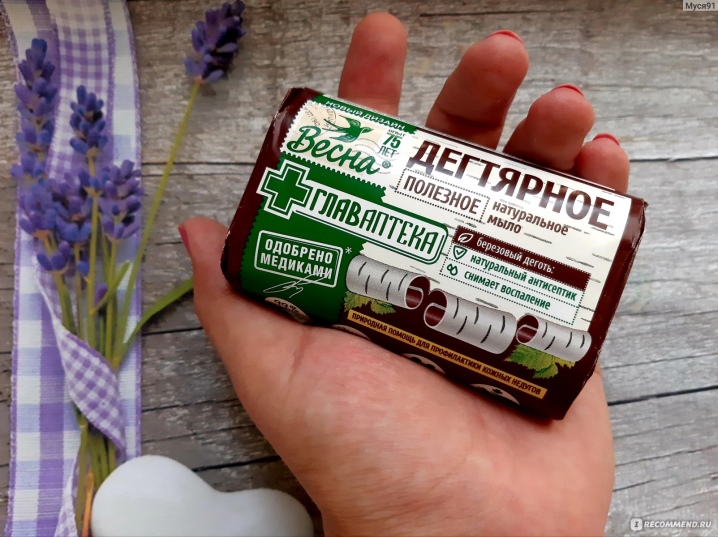
- Decoction with garlic and tobacco... To prepare it, you will first need to prepare a clean container with a volume of at least five liters, and then put chopped garlic (200 grams) and 100 grams of tobacco there. All these components are completely filled with boiling water. In this form, everyone is left to infuse for one day. After that, add a small amount of dish detergent there. The finished composition is sprayed with a garden spray once a week.

- Formulation with serum and iodine... It will be necessary to prepare five liters of milk whey, it is heated to a temperature of 40 degrees. Then three tablespoons of granulated sugar are added to it, all this is stirred with 30 drops of iodine. Spraying is carried out with the prepared solution (once every 3-4 days).
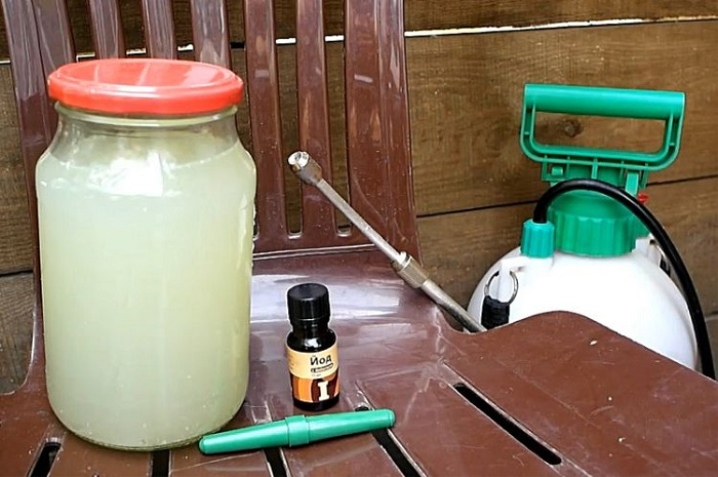
Sometimes ordinary animal shampoos are also used to combat stolbur. They allow you to completely safely eliminate all harmful organisms.
How to restore soil?
After you get rid of the post, you will also need to do soil restoration. For this, a thorough weeding of the land is carried out, while all weeds should be removed, because it is she who most often becomes the main accumulator of various viruses. Do not moisten the soil too abundantly so as not to cause the appearance of various harmful microorganisms that can harm crops.
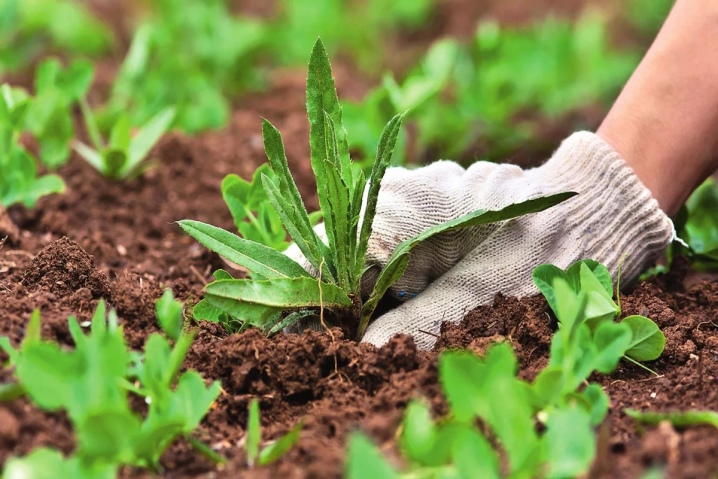
Prevention measures
So that such phytoplasmosis does not appear on plants and they do not have to be treated, some important preventive measures should be remembered. So, the best option would be the timely removal of weeds. Besides, when planting all crops, it is better to alternate with different plants... For example, tomatoes are recommended to be planted next to sunflowers or corn.
You can also use special preparations and folk remedies for periodic spraying, in order to exclude the appearance of not only the columnar, but also other diseases, and this also allows you to scare off a variety of harmful insects.
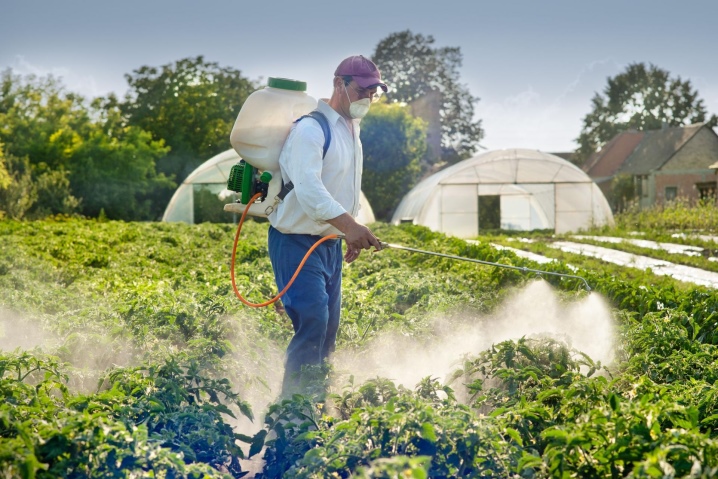
For signs of illness, see below.













The comment was sent successfully.